Our strawberry patch thrived for about 7 years. We ignored common lore that you have to replace your strawberry plants every couple of years and did something different instead: every year or so, we’d lift the plants by the root ball, set them aside, then add 2 inches of compost and soil, then replant our existing berry plants. It worked like a charm for years.
Recently they’ve grown tired (or maybe we have). Production has dropped, we forgot to refresh the soil a couple times, so we decided to start fresh. We ordered a bundle of bare root Seascape strawberries from Peaceful Valley Farm & Garden Supply. Let the adventure begin.
Then the mail came…
Our bare roots arrived wrapped in a plastic bag with moist sawdust. We immediately opened the bag, per instructions, to keep air flowing through the plants. If you can’t install them immediately, put them in the fridge for up to a week, but make sure the plants stay moist.
Since we had to refrigerate our plants for a couple days, we decided to soak them for a few minutes in diluted kelp emulsion. Kelp helps ease transplant shock and gives plants a boost of nutrients from the get-go.
Our soil level had dropped over the years. We added a combination of worm castings and compost to build up the soil a few inches.
Plant bare root strawberries (everybearing varieties) 1 foot apart. There is a trick to planting strawberries. Don’t bury the crown. The crown is the part of the plant where the roots meet the foliage. If you bury the crown, the plants will rot. If you set them too high, they will dry out. Not too deep, not too high. Just right.
Next, we replaced our drip irrigation so our plants get water right where they need it.
Lastly, we put down a layer of mulch around each plant. This will keep our new plants cool in hot weather and will help feed microbes in the soil. We also cover our strawberry beds with bird netting to keep squirrels, rats, and birds from eating our berries. Works like a charm.
Here’s the most important tip that most people don’t like to hear: When these start to leaf out and flower, remove all the first flowers from the plant. It will force the plant to focus on root development instead of fruit production. You want that. You’ll have more strawberries later if you do this now.
So don’t be afraid, growing bare root strawberries couldn’t be easier. Start your patch before the weather warms up too much. You’ll have strawberries this summer if you act now.


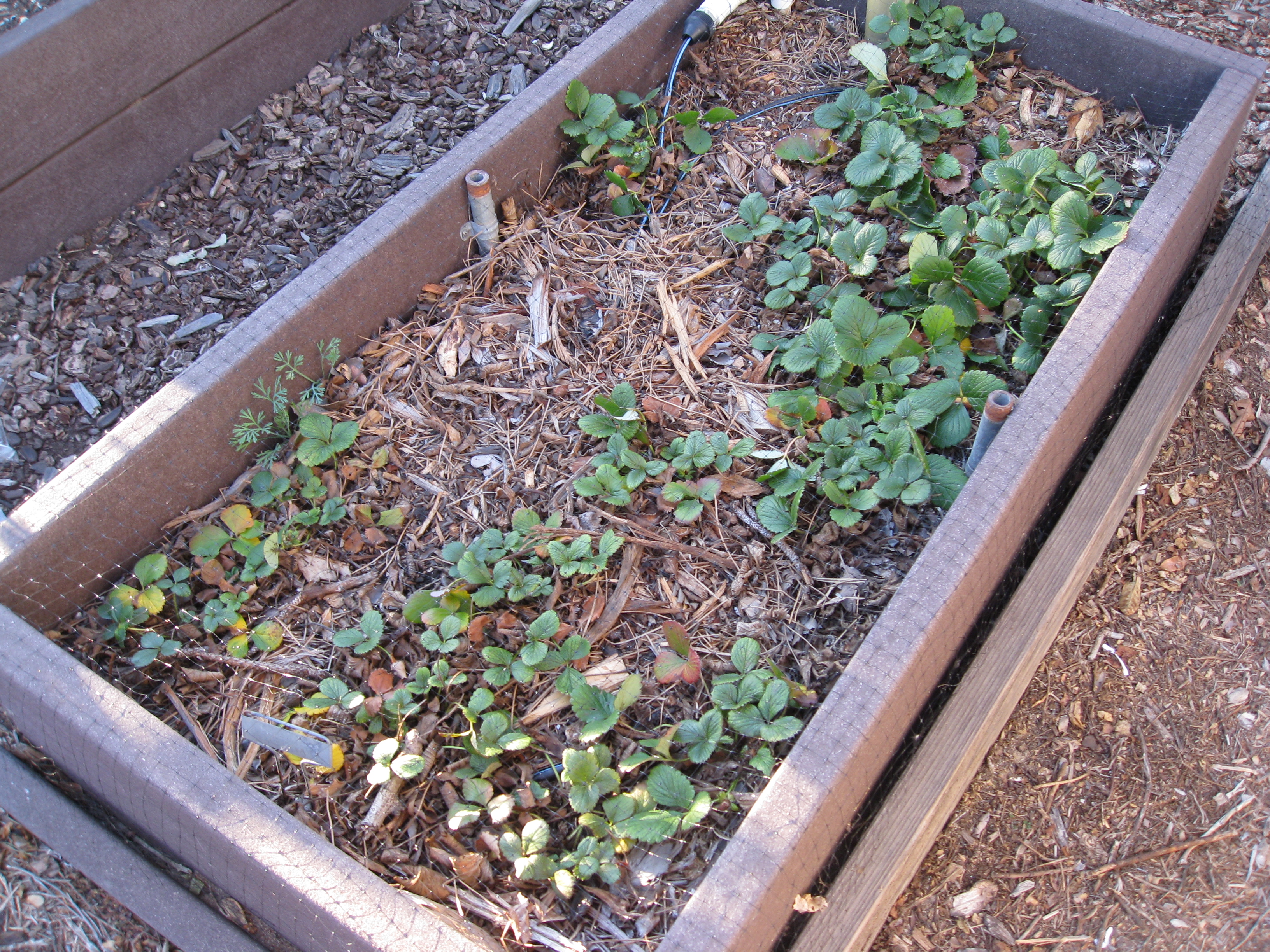
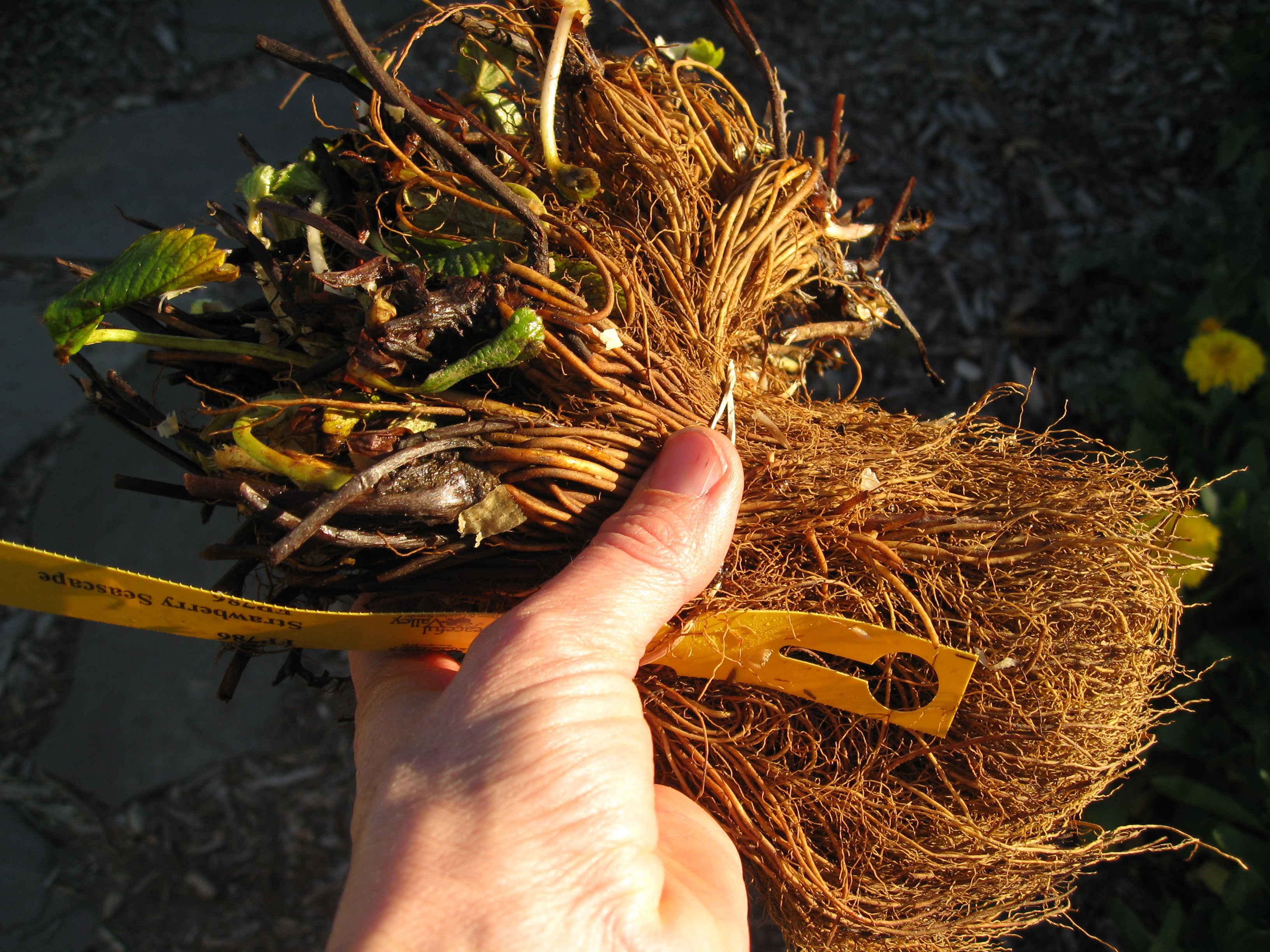
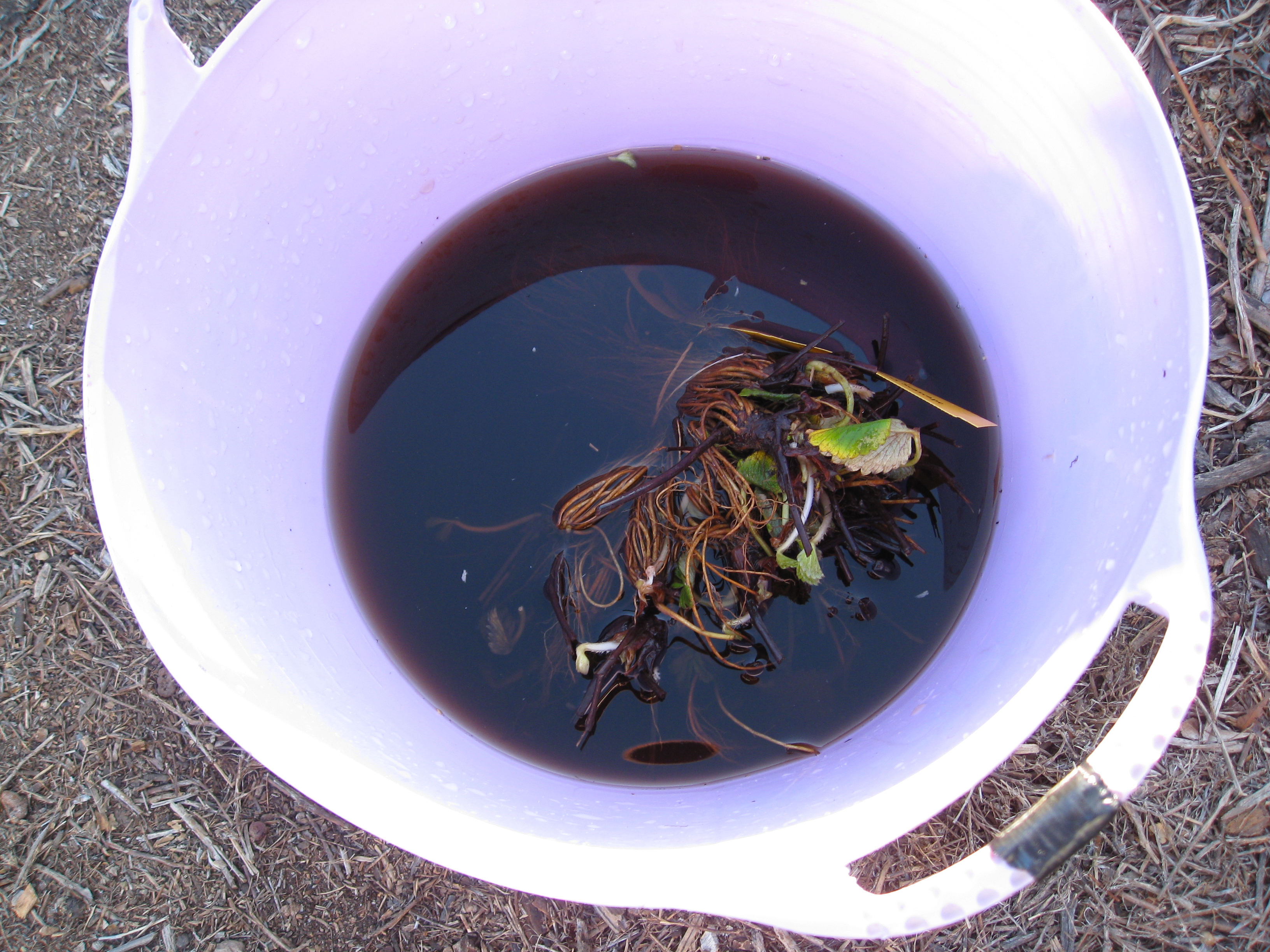
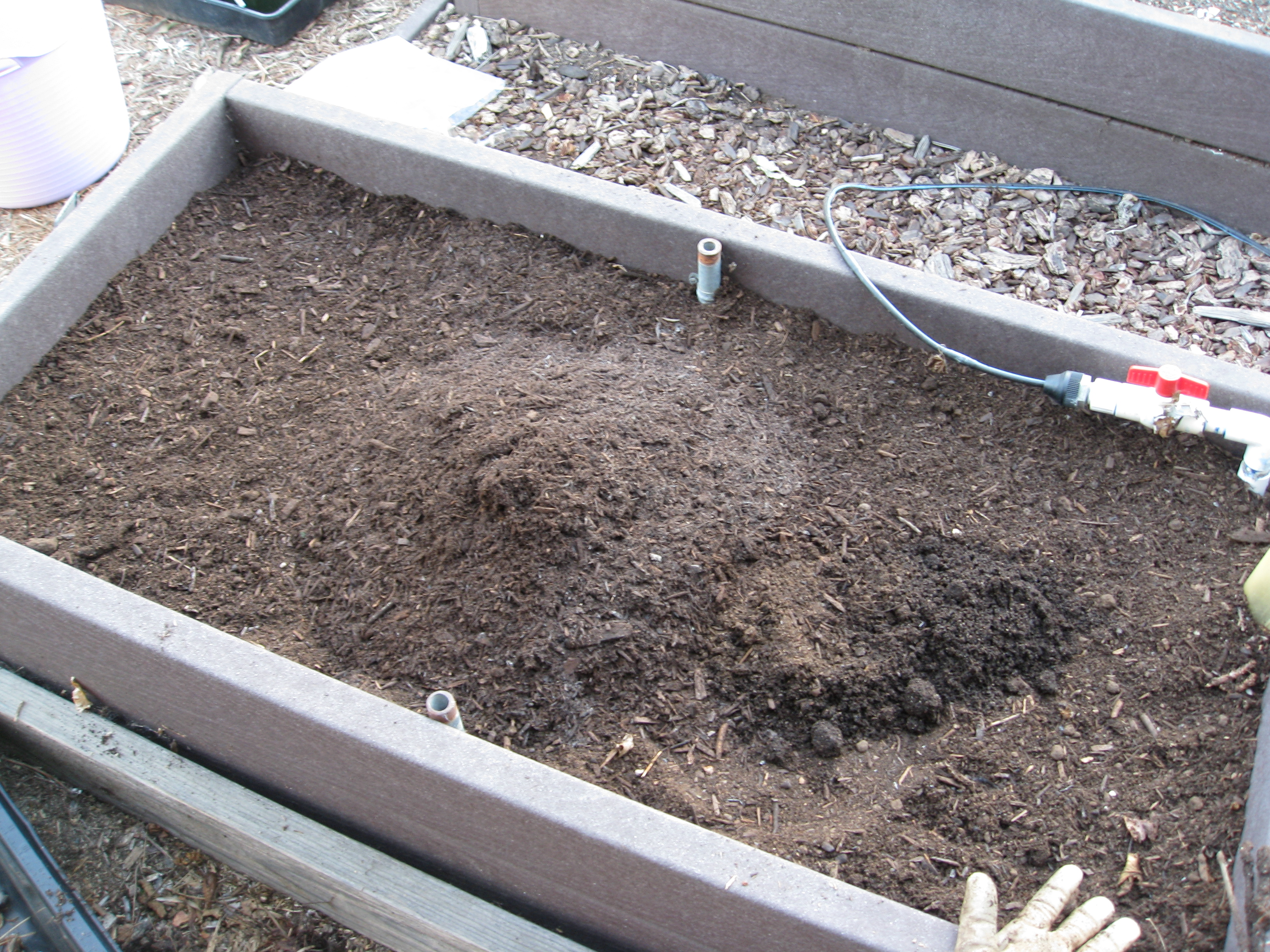
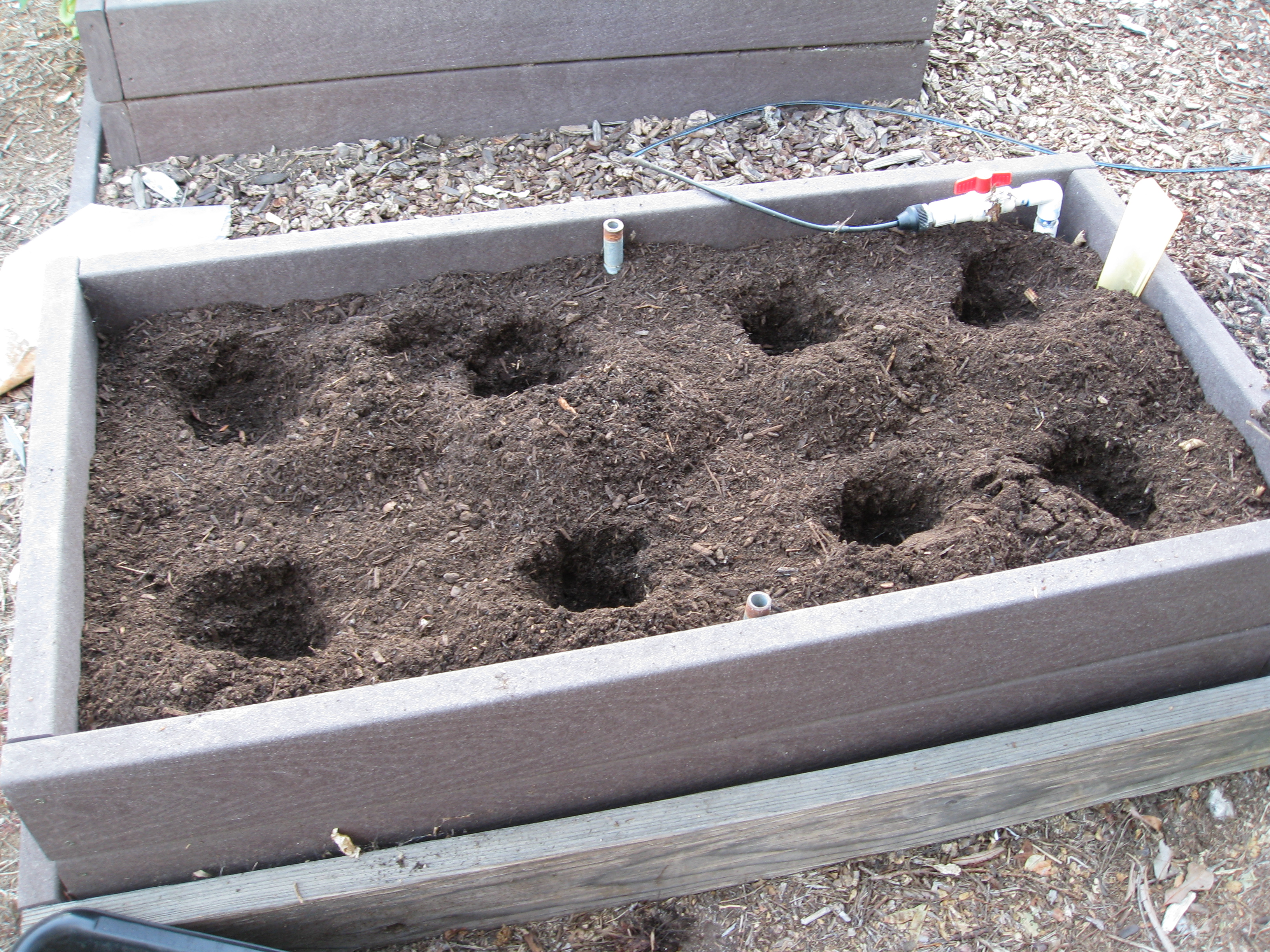
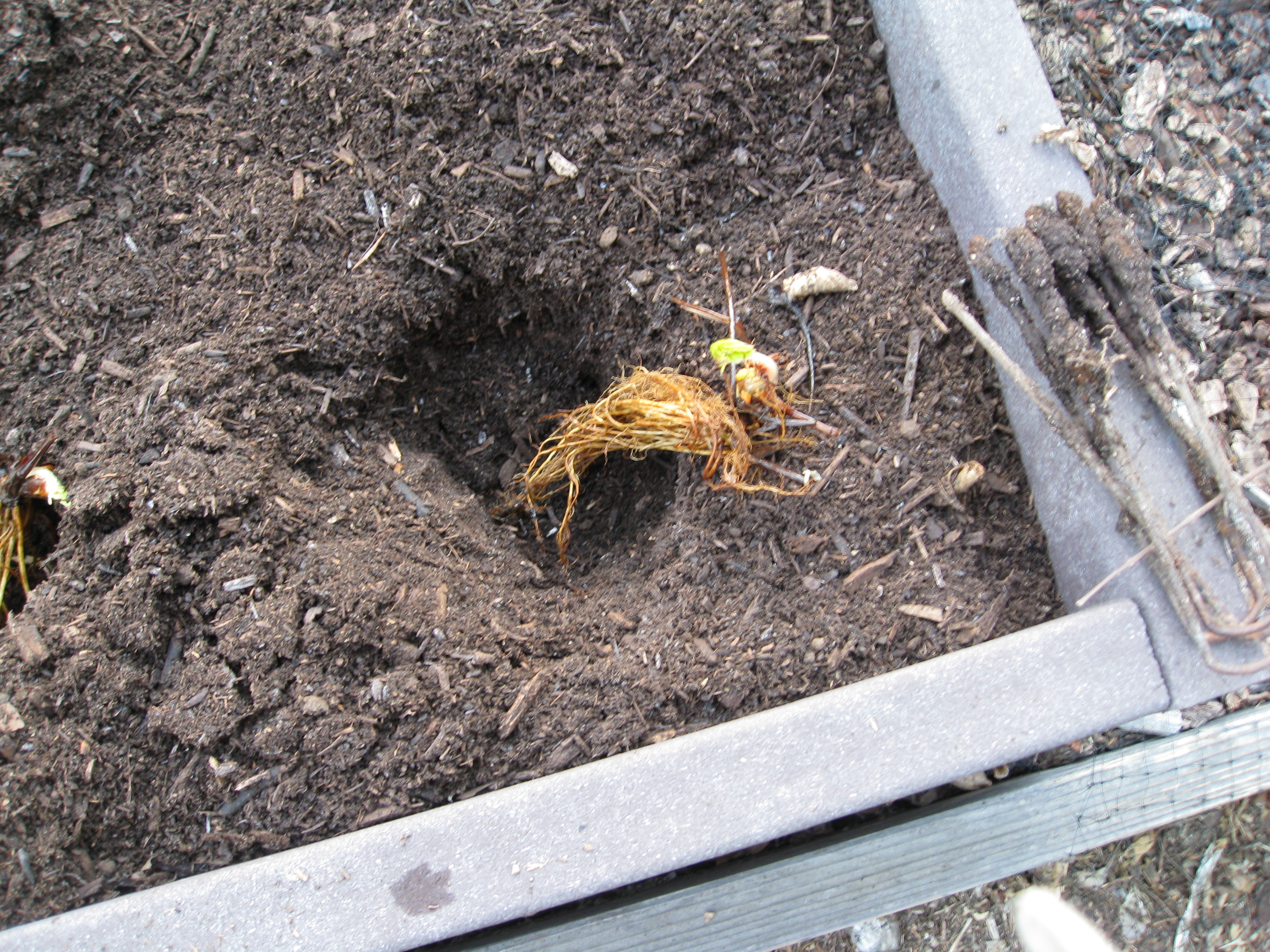
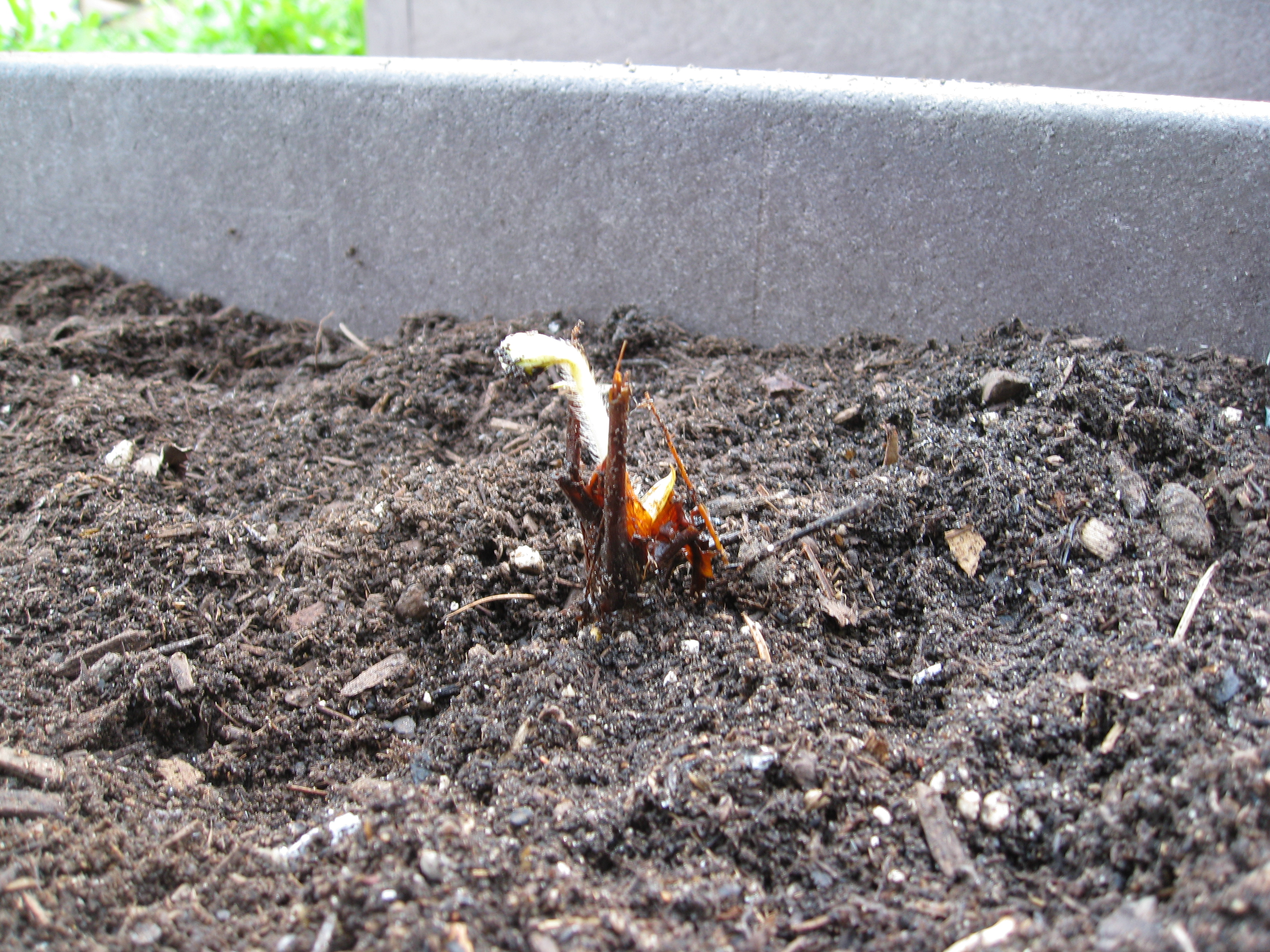
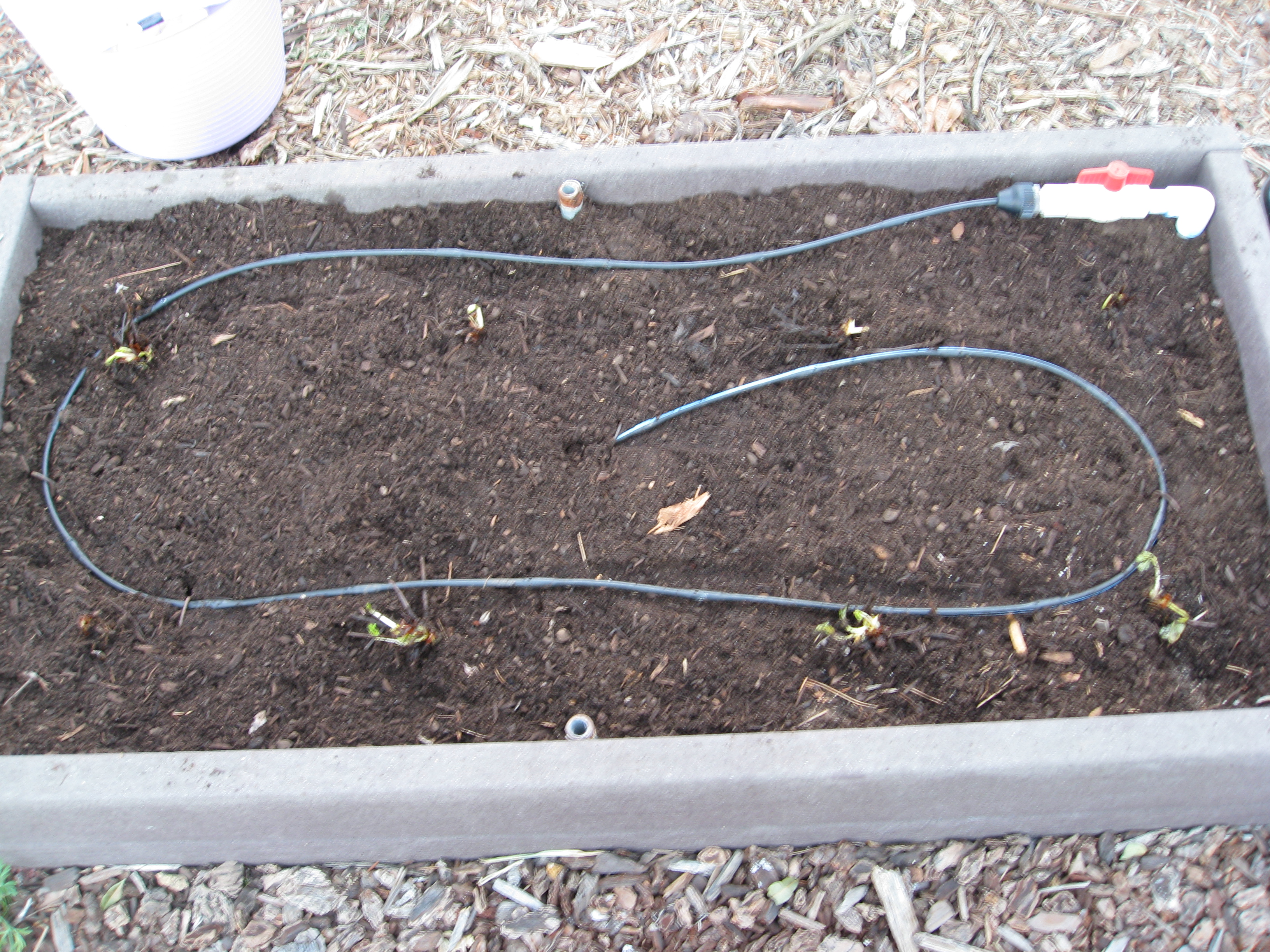
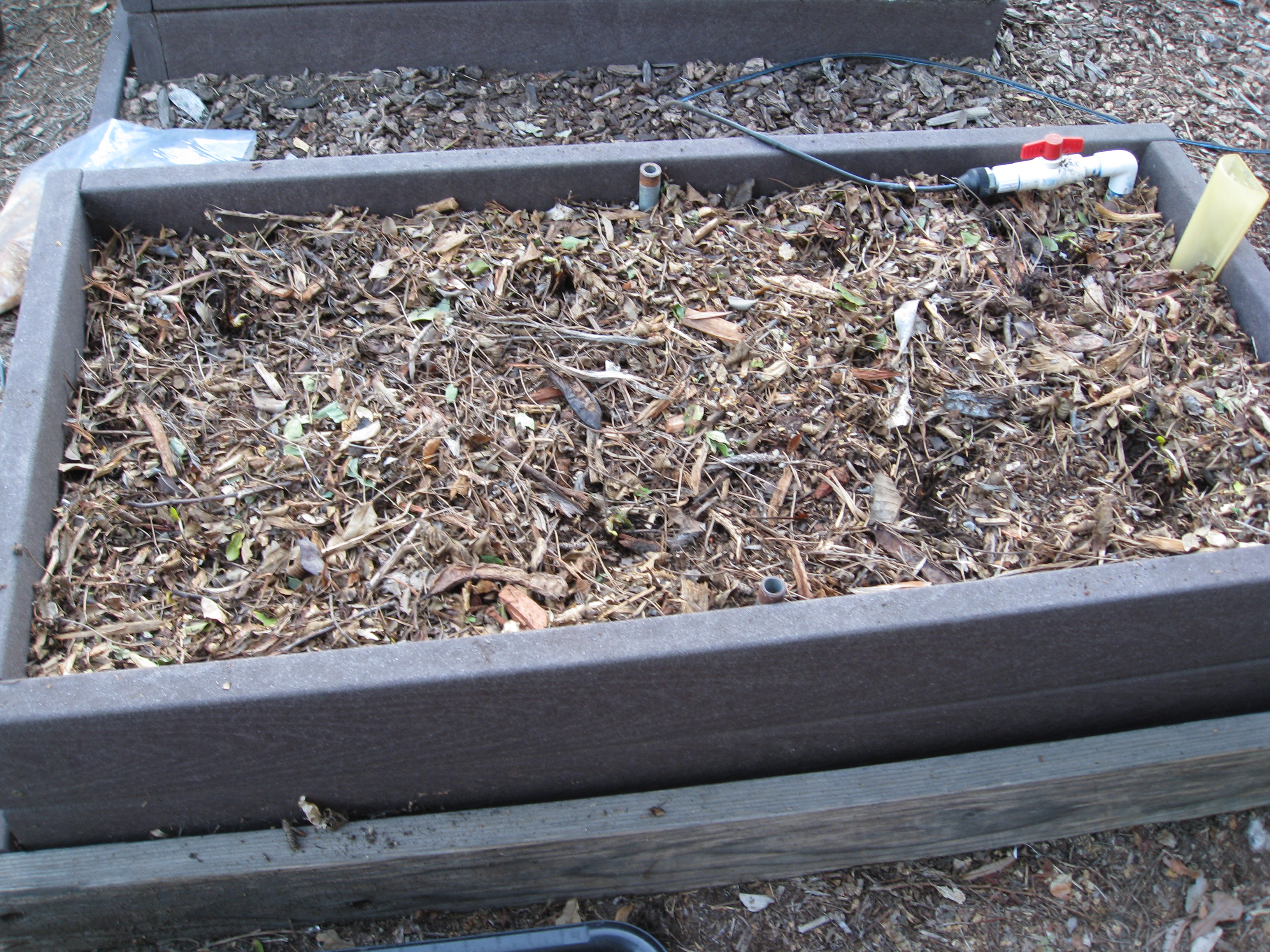






Excellent! I replace my Seascape every other year. They are relatively cheap compared to buying orgavic strawberries. Good article.
Thanks for all the detail! I’m in my second year with Seascape from PV, so far they seem to like another season. I did not uproot them, did not think of doing that, but I cut most ugly looking leaves off and feed it with E.B. Stone’s Vine & Berry fertilizer plus added new mulch. Last season we harvested about a handful most days and we like it that way. It was hot last year (here in San Pedro) and we seem to repeat that this year.
Thanks for this detailed info! Why did you choose Seascape plants?
Gosh, it was so long ago that I did the research and fell in love with Seascapes back then, I don’t really remember why. I knew I wanted everbearing varieties since we weren’t going to be doing any preserves. I’d rather have a more frequent harvest throughout the year. If I remember right, they were touted as being large and sweet. Peaceful Valley Farm & Garden Supply lists them as also being great for hot, dry climates and being resistant to fungal infections. Perfect for coastal climates!